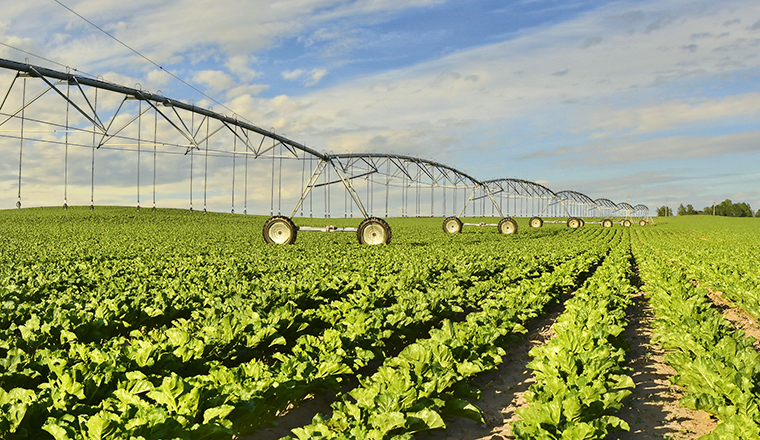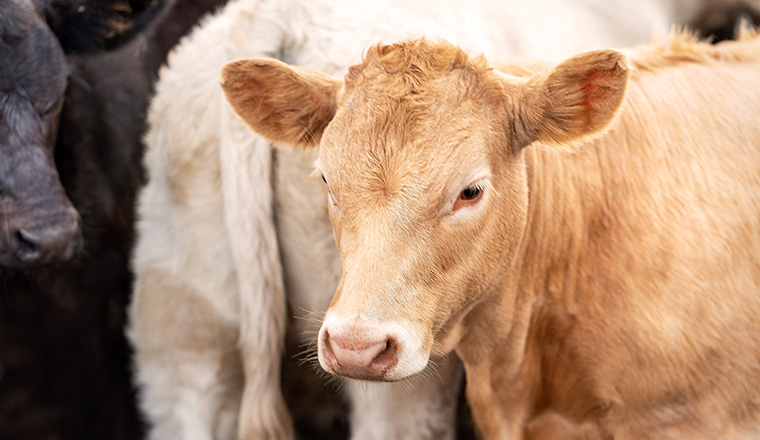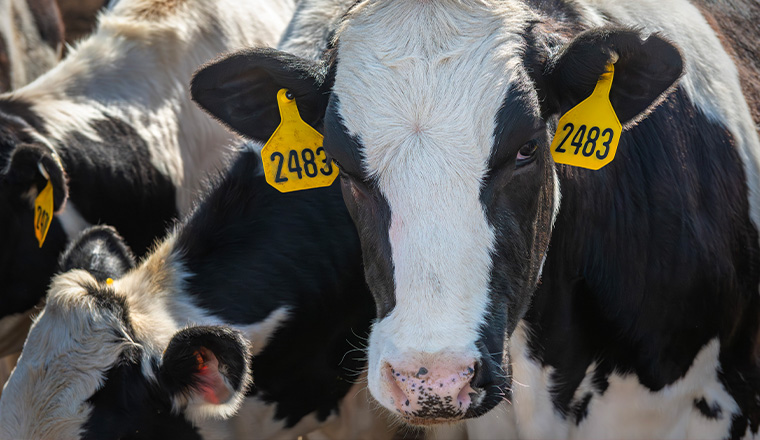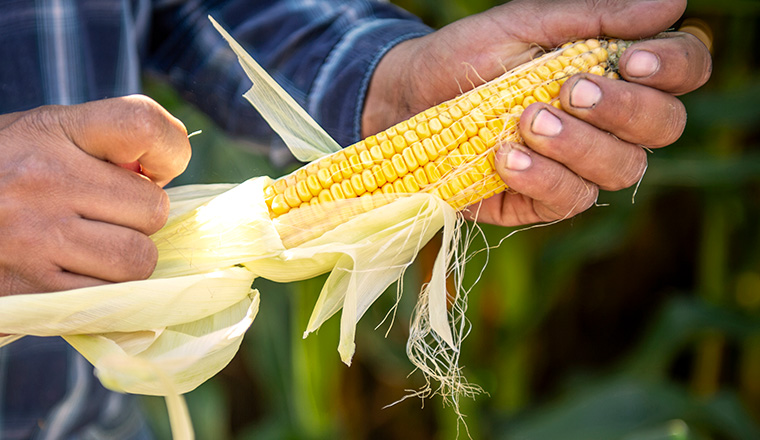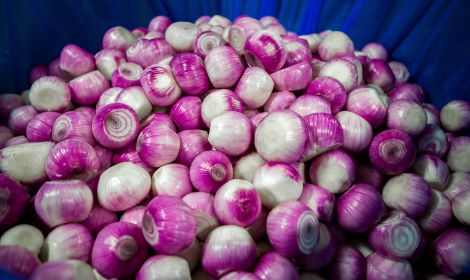Industry Insights

Industry Insights
Financial Sensitivity Testing
It has been a busy season conducting young and beginning farmer and rancher conferences. In many of the sessions, cash flow projections and the management of the cash flow have been the theme. This is particularly true in an economic environment where extreme volatility as a result of geopolitics, military action, weather and supply chain issues sometimes compounds the bottom-line outcome, either in the positive or in the negative.
After filling out the business IQ assessments, the group results in many of the conferences find that the financial sensitivity testing of cash flow is one of the weakest links and is often identified as an area for improvement by participants. During side discussions and in question-and-answer sessions, the participants wanted more clarity on testing various cash flow scenarios.
Production
It is often recommended that the best, average and worst-case scenarios be developed for cash flows. One area of financial sensitivity testing is focusing on various production and value scenarios that could be impacted by weather, management, timing of planting and harvesting, or factors that impact livestock production. Of course, different bottom-line outcomes will arise. The proactive manager will have strategies and actions in place that can capitalize on opportunities and mitigate the risk given each scenario.
Prices
In recent years, prices have been volatile. This is where the financial sensitivity testing of various prices tied to production provides the parameters of possible outcomes. Again, uncontrollable factors such as weather, the value of the dollar, demand change or a shift in consumer habits must be incorporated into the planning and monitoring process.
Costs
A major part of financial sensitivity testing is examining various cost changes and their impact on cash flows. For example, more expensive feed as a result of a drought or replanting a crop as a result of inclement weather must be considered. A supply chain issue, shortage of a particular input, Murphy's Law or an unexpected repair bill must be included in your analysis. Strategies and risk management for both crop and livestock production must be taken into consideration in the financial shock tests.
Interest rates
What a difference a year makes! The doubling of interest rates requires one to consider whether loans are structured on fixed or variable interest rates and the loan term. To round out the financial sensitivity shock tests, both increases and possible decreases in interest rates need to be incorporated.
In summary, a good set of financial assumptions and spreadsheets with some shock tests can assist in proactively planning to mitigate risk and capitalize on opportunity.

